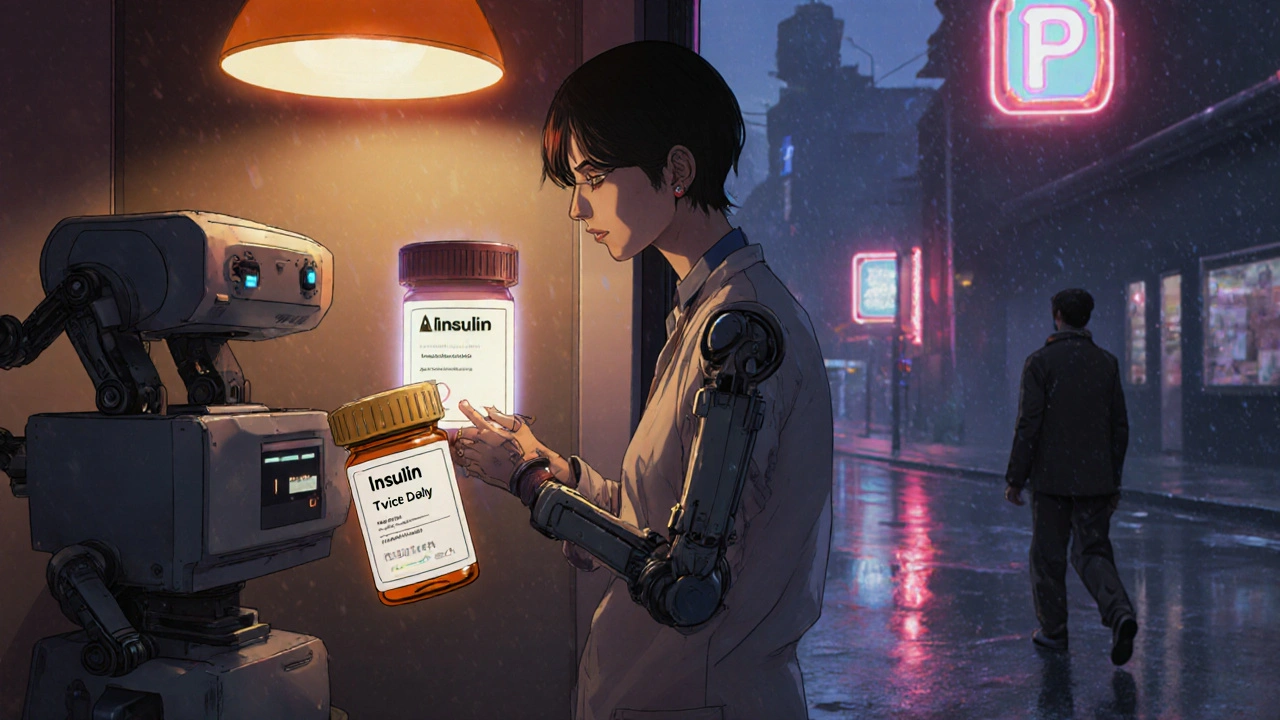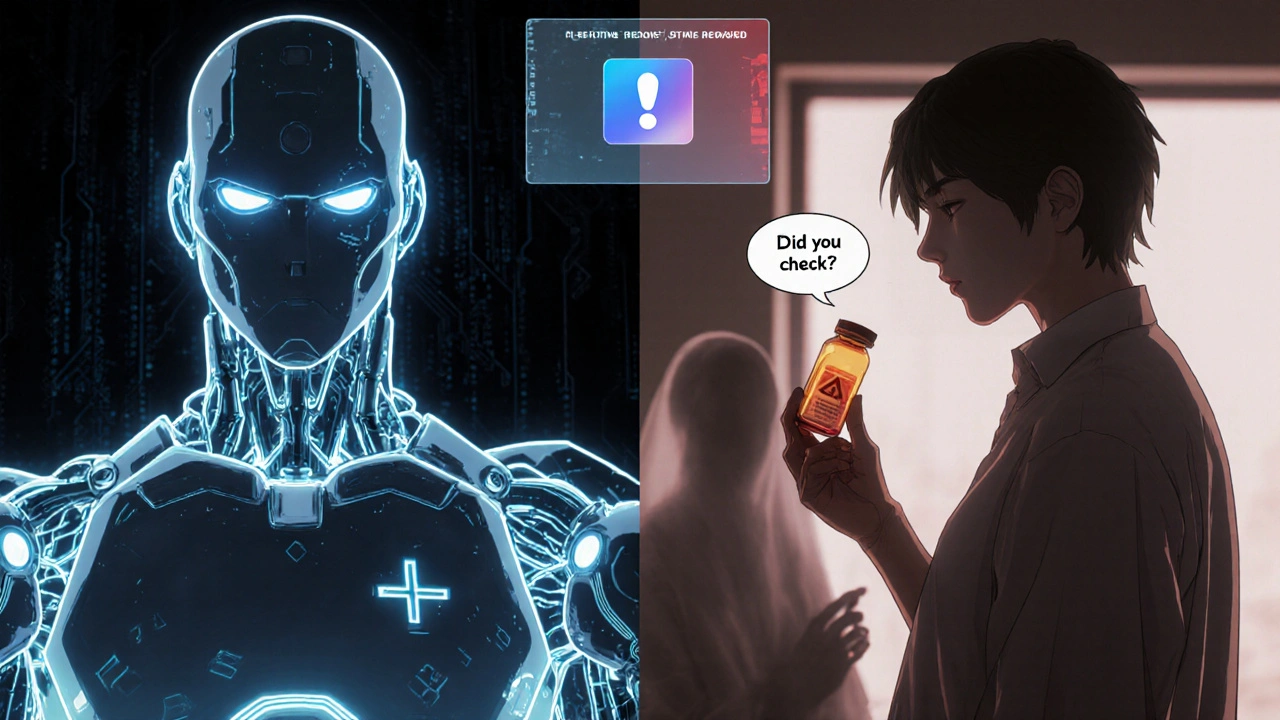Every year, millions of people in the U.S. get the wrong medication, wrong dose, or wrong instructions - and many of these mistakes happen in places we trust the most: hospitals and neighborhood pharmacies. The numbers are startling. About 1.5 million people are harmed by medication errors annually, and up to 9,000 die from them. But here’s the twist: the errors aren’t the same in hospitals and retail pharmacies. They happen differently, for different reasons, and with different consequences.
How Often Do Errors Happen?
In hospitals, medication errors are common - shockingly so. One major study found that nearly 1 in 5 doses given to patients contained some kind of mistake. That’s 20% of all medications administered. These errors show up during prescribing, transcribing, dispensing, and especially during administration - when nurses give the drug to the patient. Timing is off. The wrong drug is pulled from the cabinet. The dose is doubled. All of it happens under one roof, surrounded by alarms, checklists, and staff. Now compare that to your local pharmacy. The error rate there is much lower - about 1.5% of all prescriptions filled. That sounds better, right? But here’s the catch: that 1.5% translates to 45 million errors every year across the U.S., because pharmacies fill over 3 billion prescriptions annually. A typical community pharmacy filling 250 prescriptions a day makes about four mistakes daily. Most are caught before the patient leaves - corrected on the spot, or flagged during a final check. But not all.What Kind of Mistakes Happen?
In retail pharmacies, the most common errors are:- Wrong medication (like giving metformin instead of glipizide)
- Wrong dose (1 tablet twice a day instead of twice a week)
- Wrong instructions (‘take with food’ vs. ‘take on empty stomach’)
Why Do These Errors Happen?
In community pharmacies, most errors come down to human factors - not laziness, but mental overload. Pharmacists are juggling dozens of prescriptions, phone calls, insurance issues, and patient questions. A 2023 AHRQ report found that 80% of errors were caused by cognitive overload - the brain getting tired, distracted, or misled by similar-looking drug names. Automated dispensing machines help, but they can also create new problems if staff rely on them too much. In hospitals, the problem is complexity. Patients have multiple conditions, multiple drugs, and multiple providers. One doctor orders a blood thinner. Another orders a painkiller. A third orders an antibiotic. The pharmacy tries to sort it out. Nurses rush between rooms. Handoffs between shifts are sloppy. Communication breaks down. It’s a high-stakes game of telephone - and someone always loses.
Who Catches the Mistakes?
This is the biggest difference. In hospitals, there are layers of safety. The pharmacist checks the order. The nurse checks the patient’s ID. The barcode scanner checks the drug. The nurse double-checks the dose. If something’s wrong, someone usually catches it before the patient gets it. In retail pharmacies? The patient is the last line of defense. If the label says ‘take one pill daily’ and it should be ‘take one pill weekly’ - and the pharmacist missed it - the patient might never know. They take it. They feel weird. They go to the ER. That’s when the error is discovered. And by then, it’s too late. A 2018 study in the Journal of Patient Safety found that community pharmacy errors are less frequent - but more likely to reach patients uncaught. Hospitals have more errors, but they also have more eyes watching.What Happens When Errors Cause Harm?
Hospital errors can be deadly - especially for ICU patients or those on chemo. But because these patients are monitored closely, many errors are caught before they cause lasting damage. Still, treating drug-related injuries in hospitals costs at least $3.5 billion every year. Community pharmacy errors often seem smaller - a wrong dose of blood pressure medicine, a mislabeled antibiotic. But they can be just as dangerous. The NIH found that three out of every 10,000 community pharmacy errors led to hospitalization. One wrong dose of insulin or warfarin can send someone to the ER - or worse. And unlike hospitals, these errors aren’t always reported. Many patients never even realize they were given the wrong drug.How Are Errors Reported?
Hospitals have formal reporting systems. Big medical centers log 100+ medication errors per month. They analyze them. They train staff. They tweak workflows. It’s not perfect, but it’s a system. Community pharmacies? Not so much. Until recently, most didn’t have any formal reporting. Some states - like California - now require pharmacies to log errors and show them to inspectors. But in most places, it’s voluntary. The FDA gets over 100,000 reports a year - but experts say that’s less than 10% of what actually happens. Underreporting is rampant.
What’s Being Done to Fix It?
In hospitals, barcode scanning has cut errors by up to 86%. Electronic health records that connect directly to pharmacy systems have reduced mistakes by over half at places like Mayo Clinic. AI tools are now flagging dangerous drug combinations before they’re even prescribed. In retail pharmacies, CVS Health rolled out AI-powered verification in 2022 and cut dispensing errors by 37%. Some pharmacies now use digital checklists that force pharmacists to confirm the patient’s name, date of birth, and reason for the drug before dispensing. The CDC and FDA are pushing for standardized error reporting across all settings - so we can finally compare apples to apples.What Should You Do?
If you’re a patient - or caring for someone - here’s what you can do:- Always read the label. Does it match what your doctor told you?
- Ask: ‘Is this the same as what I got last time?’
- If it looks different - ask why.
- Keep a list of all your medications - including doses and why you take them.
- Don’t be afraid to say, ‘I think this might be wrong.’
Where Do We Go From Here?
The future of medication safety isn’t about more rules - it’s about better systems. AI that catches transcription errors before they happen. Apps that alert you if your new prescription clashes with your old ones. Pharmacy workflows designed for human limits, not just speed. Both hospitals and retail pharmacies need to stop treating errors as individual failures. They’re system failures. And fixing them means changing how we design work, train staff, and empower patients. It’s not about blaming the pharmacist who missed a dose. It’s about asking: Why did the system let that happen? And how do we make sure it doesn’t happen again?Which setting has more medication errors - hospitals or retail pharmacies?
Hospitals have a higher rate of medication errors - about 20% of all doses contain some kind of mistake. Retail pharmacies have a lower rate - around 1.5% of prescriptions. But because pharmacies fill billions of prescriptions each year, the total number of errors is still massive - over 45 million annually. The key difference is that hospitals have multiple safety checks, while retail pharmacies rely mostly on the patient to catch mistakes.
What are the most common types of pharmacy errors?
In retail pharmacies, the most common errors are giving the wrong medication, wrong dose, or wrong instructions. Transcription errors - like misreading ‘twice a week’ as ‘twice a day’ - are especially dangerous. Studies show these errors often involve high-risk drugs like insulin, blood thinners, or seizure medications. Most are caught before the patient leaves, but not all.
Why are hospital medication errors more likely to be caught?
Hospitals use multiple safety layers: pharmacists verify orders, nurses scan barcodes, check patient IDs, and confirm doses before giving medication. If something’s wrong, someone usually catches it. In retail pharmacies, the patient is often the only person left to notice the error - and many don’t know what the right medication should look or feel like.
Can medication errors be prevented?
Yes. Hospitals using barcode scanning and electronic health records have cut errors by over 50%. Retail pharmacies using AI-powered verification systems have reduced mistakes by 37%. But technology alone isn’t enough. Staff need training, time to double-check, and a culture that encourages reporting errors without fear of punishment. Patients also play a key role - always ask questions and read labels.
Are medication errors reported to the government?
The FDA receives over 100,000 medication error reports each year - but experts believe this is only a small fraction of what actually happens. Hospitals are required to report serious errors internally and often to state agencies. Retail pharmacies have no federal reporting requirement - though some states, like California, now require pharmacies to log and report errors to their board of pharmacy. Most errors go unreported because they’re caught before harm occurs, or patients never realize something was wrong.
What should I do if I think I received the wrong medication?
Don’t take it. Call your pharmacist immediately and ask to speak with them. Bring the medication and the original prescription with you. If you’ve already taken it and feel unwell - call your doctor or go to the ER. Write down what you took, when, and how you feel. Keep a record. Most errors are fixable if caught early - but ignoring them can lead to serious harm.
